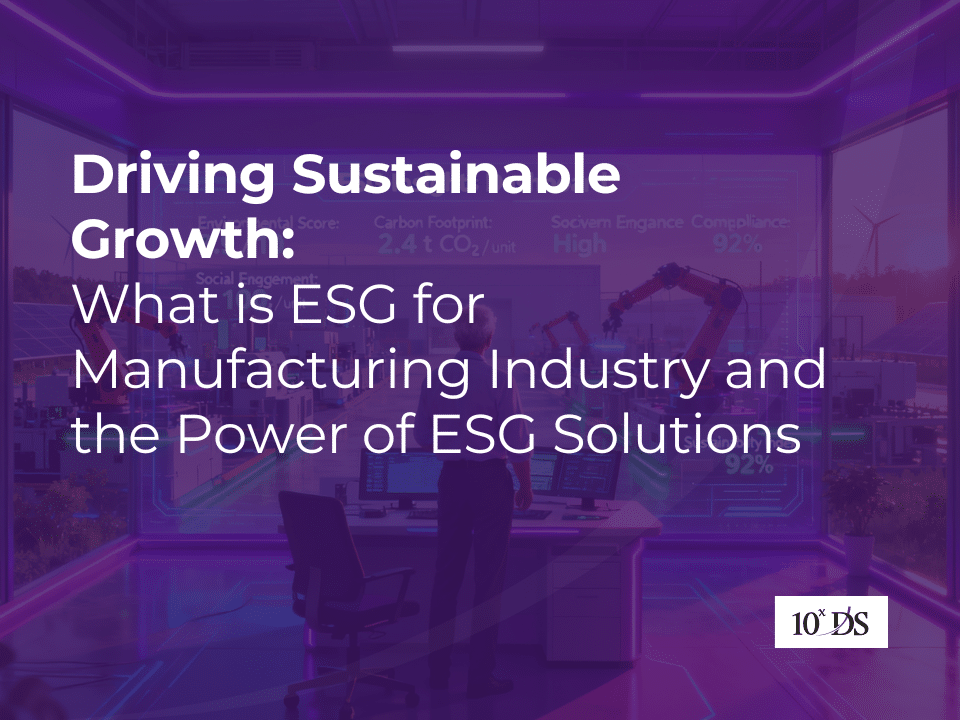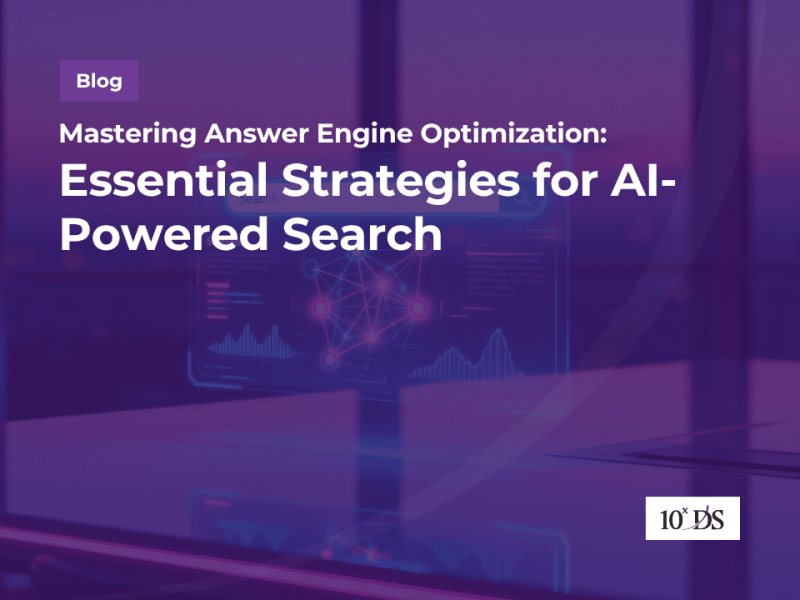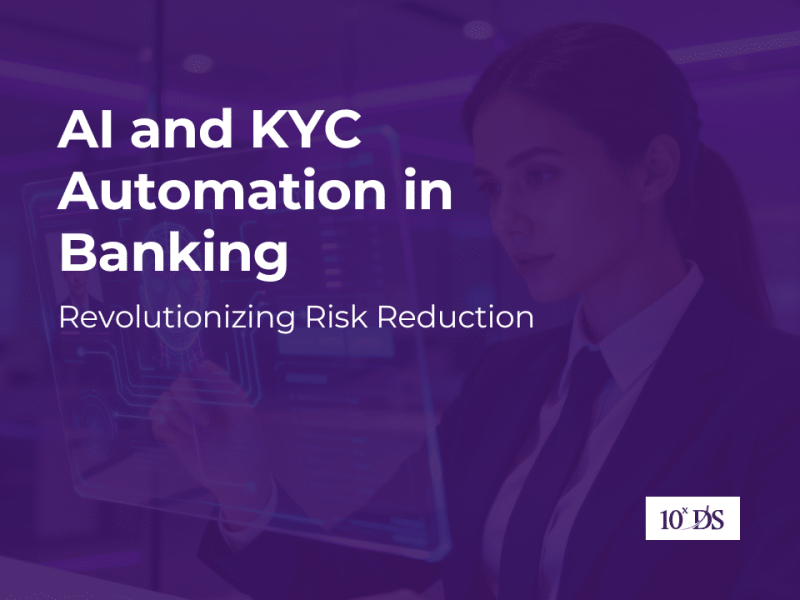
Driving Sustainable Growth: What is ESG for Manufacturing Industry and the Power of ESG Solutions
As the global economy increasingly shifts towards sustainable practices, Environmental, Social, and Governance (ESG) criteria have emerged as critical standards for evaluating corporate performance and operations. ESG provides a comprehensive framework for businesses to assess and disclose their impact on the environment, society, and their internal governance structures.
At its essence, ESG criteria represent standards that evaluate how a company operates. Investors and stakeholders focused on sustainability and ethics use these measures to assess investment opportunities, while also understanding potential risks and impacts. ESG metrics offer a holistic perspective on a company’s performance across these vital factors:
- Environmental (E): This pillar assesses how a company manages its ecological footprint, encompassing waste management, energy efficiency, pollution control, and resource utilization.
- Social (S): The social aspect examines a company’s relationships with its employees, suppliers, customers, and the communities in which it operates. Key areas include labour practices, product safety, human rights, and community engagement.
- Governance (G): Governance refers to the structures and practices a company has in place to ensure accountability, transparency, and ethical decision-making. This includes leadership composition, board diversity, and business ethics.
For manufacturers, integrating ESG principles is no longer a matter of choice but a strategy. It enables companies to balance profitability with sustainability, leading to improved resource efficiency, a reduced environmental footprint, and stronger relationships with stakeholders. This proactive approach not only mitigates regulatory and reputational risks but also fuels innovation, cuts costs, and attracts a broader base of socially conscious investors.
Addressing Key ESG Challenges in Manufacturing
While the manufacturing industry has made progress in adopting sustainable practices, it faces considerable hurdles in meeting evolving ESG expectations. These challenges are often rooted in regulatory pressures, the inherent complexity of global supply chains, technological limitations, and the substantial costs associated with implementing sustainable solutions.
Environmental Obstacles
- Carbon Reduction Goals: Manufacturers face mounting pressure to meet global climate commitments such as net-zero emissions. The biggest hurdle is addressing Scope 3 emissions—indirect emissions across the value chain, from raw material sourcing to product disposal. To reduce their footprint, manufacturers are adopting circular economy practices and focusing on resource efficiency, with Scope 3 reductions remaining the top priority.
- Waste Management: Electronic waste (e-waste) is a growing concern, projected to reach 82 million tonnes by 2030 (Global E-Waste Monitor). Managing this waste involves regulatory and logistical challenges, including recycling compliance, safe disposal, and handling of hazardous materials—adding significant complexity to sustainability efforts.
Social Complexities
- Supply Chain Visiblity: A lack of transparency in global supply chains makes it difficult for manufacturers to track labor conditions, environmental impact, and ethical sourcing. This opacity increases the risk of unintentionally supporting unethical practices such as forced labor, especially in regions with weak oversight.
- Work Health and Safety Standards: Safety remains a critical issue in manufacturing, where workers face risks from heavy machinery, chemicals, and hazardous conditions. The International Labour Organization (ILO) reports 395 million workplace injuries in the sector worldwide. Maintaining safety standards requires continuous investment in training, protective protocols, and modern prevention technologies.
Governance Hurdles
- Regulatory Complexity: The ESG regulatory environment is fragmented and inconsistent across regions, making compliance difficult for global manufacturers. From climate disclosure rules to regional mandates, companies must dedicate significant resources to monitoring, reporting, and aligning with evolving standards.
- Data Reliability: Concerns around the accuracy and completeness of ESG data create major governance risks. Inconsistent or poor-quality reporting can harm credibility, attract penalties, and damage reputation. Manufacturers must strengthen data systems, invest in technology, and train teams to improve reporting quality and reliability.
The Role of ESG Compliance Automation in Manufacturing
The complexities of ESG reporting and the need for accurate, verifiable data necessitate advanced tools, making ESG Compliance Automation a crucial aspect of modern manufacturing. ESG software solutions are designed to help organizations track, manage, and report their sustainability and ethical business practices efficiently.
ESG Compliance Automation supports better governance by enabling the tracking, documentation, and alignment of all ESG-related activities with regulatory requirements. This is vital as companies face increasing scrutiny over the accuracy and integrity of their ESG disclosures. Automated systems can integrate data from various operational points, providing a comprehensive view of ESG performance and facilitating accurate, timely reporting.
Regulatory Landscape and Future Trends in ESG for Manufacturing
The global regulatory environment for ESG is continuously evolving, placing greater demands on manufacturers. Social mandates like the United Nations Guiding Principles and the California Supply Chains Act push for ethical labour practices, while Organisation for Economic Co-operation and Development (OECD) Guidelines emphasize transparency and anti-corruption measures in governance. Failure to comply with these expanding mandates can result in significant fines and reputational damage. For manufacturers, this shift also creates opportunities to build trust through responsible and sustainable practices.
Future trends indicate a deeper integration of digital technologies, standardized metrics, and the recognition of sustainability as a core competitive advantage:
- Digital Integration: Emerging technologies are reshaping ESG strategies. IoT devices enable real-time tracking of emissions, energy use, and resource consumption. Blockchain strengthens supply chain transparency, ensuring ethical sourcing and traceability. AI enhances risk management by analyzing vast ESG datasets, while predictive analytics helps manufacturers anticipate and mitigate risks before they escalate. Together, these tools streamline compliance, boost efficiency, and align ESG with long-term profitability.
- Standardized ESG Metrics: Global frameworks such as the Global Reporting Initiative (GRI), the Sustainability Accounting Standards Board (SASB), and the Task Force on Climate-related Financial Disclosures (TCFD) are driving consistent, comparable, and transparent reporting. Standardization not only reduces compliance complexity but also strengthens investor trust, supports industry benchmarking, and links ESG directly to financial performance. Early adopters of these frameworks often secure competitive advantage by influencing market norms and regulatory expectations.
- Sustainability as a Competitive Edge: With consumers demanding eco-friendly and ethical brands, and investors rewarding strong ESG performers, sustainability is emerging as a key competitive edge. Companies that lead in ESG enjoy faster growth, improved brand reputation, stronger customer loyalty, and better access to capital. Additionally, integrating sustainable design, green innovation, and circular economy principles often leads to cost savings and operational resilience.
- Integration of ESG with Financial Strategy: ESG is no longer treated as a separate sustainability effort but as a core business strategy. Increasingly, ESG metrics are tied directly to executive compensation, capital allocation, and credit ratings. Investors view ESG alignment as a signal of long-term stability, making it a financial imperative for manufacturers.
- Advanced Data & Reporting Technologies: Cloud platforms, digital dashboards, and AI-powered analytics are revolutionizing ESG reporting. These technologies enable real-time monitoring, automate compliance tasks, and improve data accuracy. Digital twins are also being explored to simulate environmental and operational impacts, supporting better decision-making.
Conclusion
Integrating ESG practices into the manufacturing industry presents both significant challenges and invaluable opportunities. From mitigating environmental impact and ensuring ethical labour practices to navigating complex regulatory landscapes, manufacturers face a demanding journey. However, these challenges are catalysts for growth, innovation, and risk reduction.
By investing in green technologies, enhancing supply chain transparency, and strengthening governance frameworks, manufacturers can drive sustainable outcomes. The benefits are substantial: companies that prioritize ESG are better positioned for long-term profitability, a fortified brand reputation, and increased investor confidence. The digital transformation of the sector, through technologies like IoT and AI, further facilitates real-time tracking, measurement, and reporting of ESG performance, opening new avenues for optimization and success.
Manufacturers must adopt a proactive approach to ESG practices. The dynamic regulatory environment, coupled with increasing pressure from consumers, investors, and other stakeholders, makes it imperative for manufacturers to leverage technology and data to stay ahead. “What is ESG for Manufacturing Industry?” is now defined not just by compliance but by a strategic commitment that drives profitability, reduces risks, and fosters innovation. Sustainable manufacturing is no longer optional; it is a vital strategy for building a more resilient and sustainable future for businesses and the world.
Talk to our experts for custom ESG Solutions.


